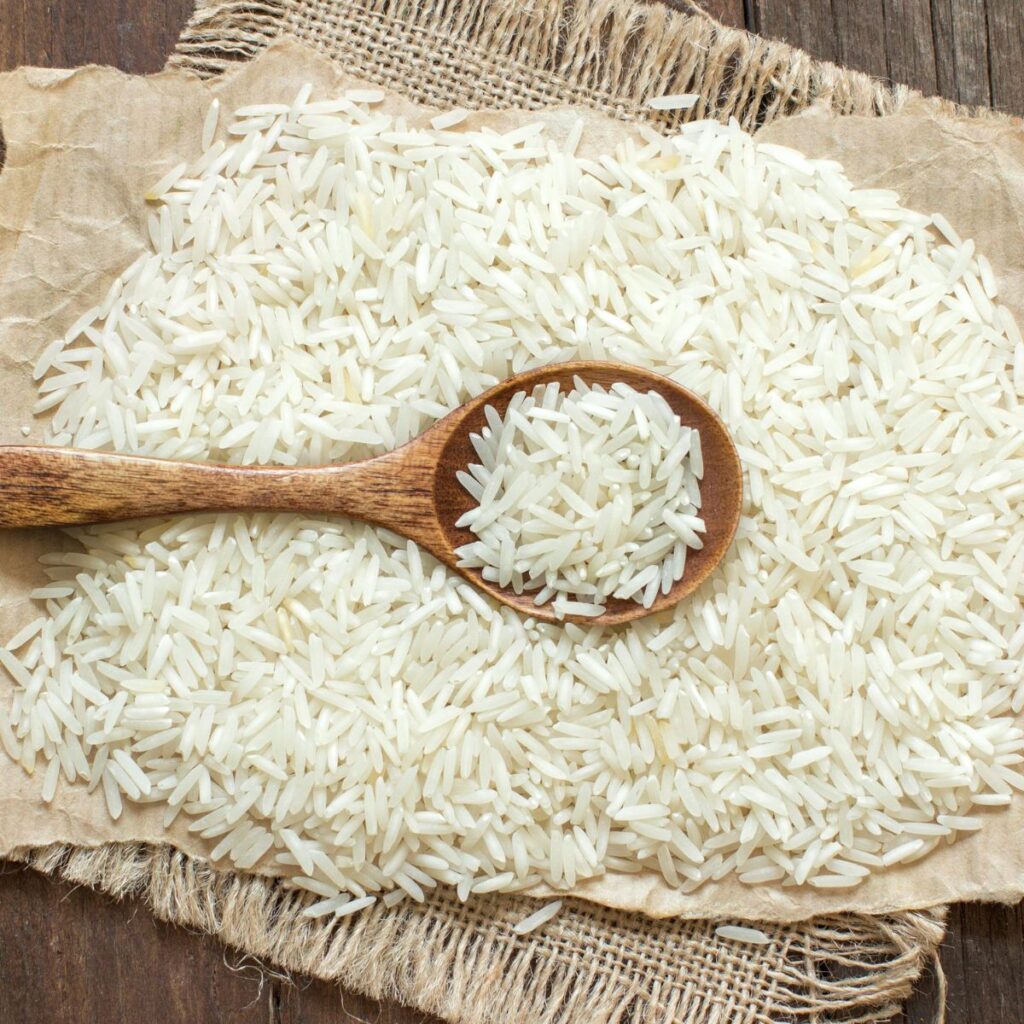Jasmine Rice
Jasmine Rice
Jasmine rice is a type of long-grain rice primarily grown in Thailand, but also cultivated in other parts of Southeast Asia. Known for its distinctive aroma, which is often compared to pandan leaves or popcorn, jasmine rice has a delicate floral scent due to the presence of a natural compound called 2-acetyl-1-pyrroline.
- Detail :100% Organic
- Email address : jampanarajesh1@gmail.com
- Phone number : +919394622225
Jasmine rice is a type of long-grain rice primarily grown in Thailand, but also cultivated in other parts of Southeast Asia. Known for its distinctive aroma, which is often compared to pandan leaves or popcorn, jasmine rice has a delicate floral scent due to the presence of a natural compound called 2-acetyl-1-pyrroline.
Characteristics:
- Grain Type: Jasmine rice is a long-grain variety, meaning the grains are slender and four to five times longer than they are wide.
- Texture: When cooked, jasmine rice is soft and slightly sticky, though not as sticky as short-grain rice varieties like sushi rice. It has a fluffy texture that complements many dishes.
- Aroma: The most notable feature of jasmine rice is its fragrant aroma, which is both floral and nutty.
Nutritional Information:
Jasmine rice is primarily a source of carbohydrates, providing energy. It also contains small amounts of protein, vitamins, and minerals. White jasmine rice has had its husk, bran, and germ removed, which gives it a soft texture but also reduces its fiber and nutrient content. Brown jasmine rice, on the other hand, retains its bran and germ, making it a whole grain with higher fiber and nutritional value.

